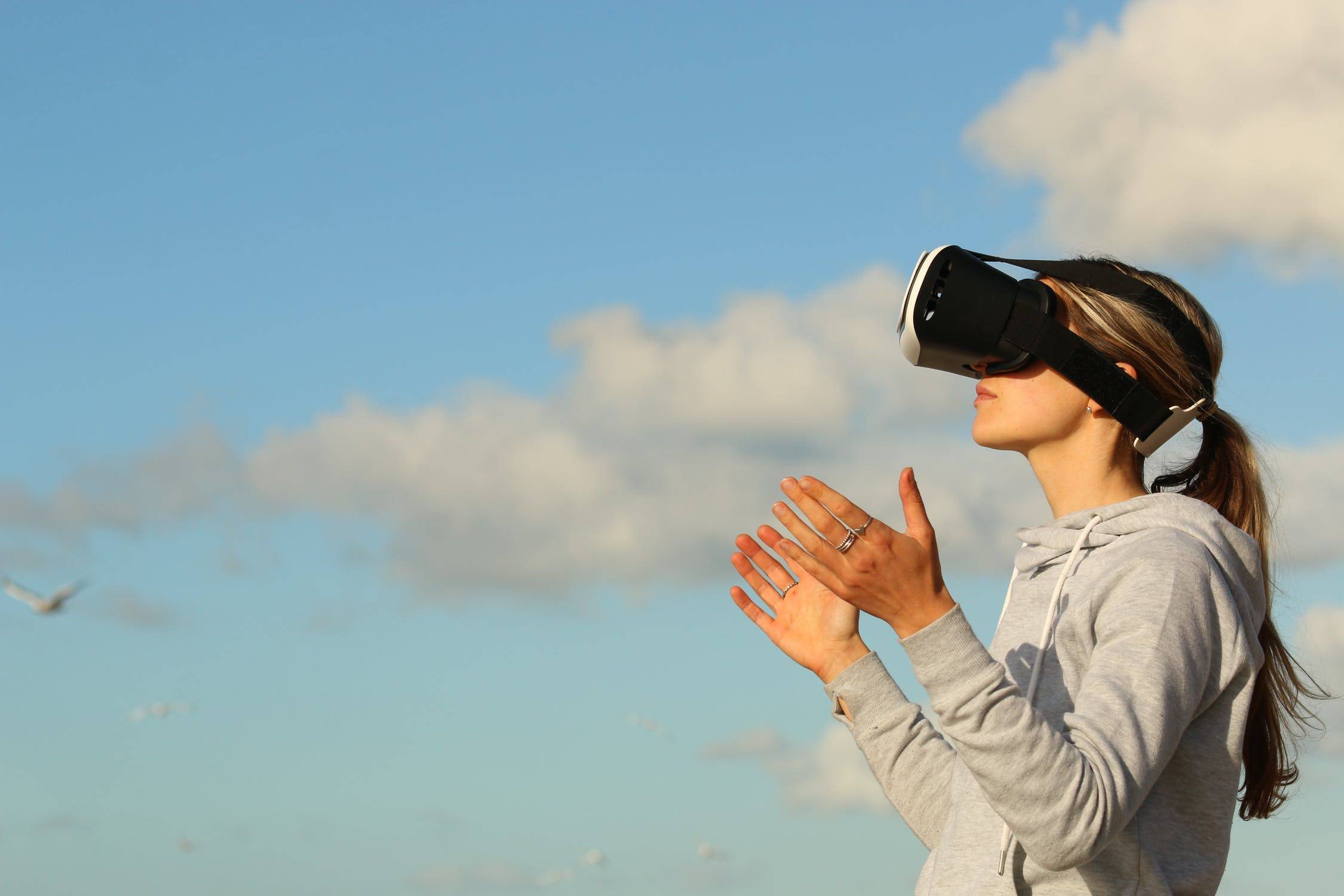In the ever-evolving world of technology, few advancements have captured our imaginations as profoundly as virtual reality (VR) headsets. These innovative devices have revolutionized the way we experience digital content, transporting us to immersive virtual worlds. From gaming and entertainment to education and training, VR headsets have become a defining technological marvel of the 21st century.
A Glimpse into Virtual Reality: Virtual reality refers to the simulation of a three-dimensional environment that can be explored and interacted with by an individual through a headset. The first notable VR headset, the Oculus Rift, was introduced to the market in 2012 and ignited a wave of excitement and anticipation for the potential of this technology.
The Oculus Rift and subsequent VR headsets, such as the HTC Vive and PlayStation VR, have transformed the way we perceive digital content. Equipped with high-resolution displays and motion tracking sensors, these headsets create a sense of presence and immersion that was previously unimaginable.
Gaming and Entertainment: One of the primary areas where VR headsets have thrived is in the gaming and entertainment industry. Players can now step into the shoes of their favorite characters and explore richly detailed virtual environments in a way that feels incredibly lifelike. Whether it's fighting off mythical creatures or exploring alien landscapes, VR gaming offers an unparalleled level of immersion and engagement.
Beyond gaming, VR headsets have opened up new avenues for immersive storytelling and cinematic experiences. With 360-degree video and virtual environments, filmmakers and content creators can transport audiences to the heart of their narratives, providing a level of immersion that enhances emotional connection and storytelling potential.
Education and Training: The impact of VR headsets extends beyond entertainment, finding a prominent role in education and training. From medical simulations and architectural walkthroughs to flight training and industrial safety exercises, VR technology has provided a safe and cost-effective way to practice skills and gain practical experience in various fields.
In education, VR allows students to explore historical landmarks, delve into scientific concepts, and experience cultural heritage sites without leaving the classroom. This interactive and immersive learning environment enhances engagement and retention, making complex subjects more accessible and enjoyable.
Future Potential: As VR technology continues to evolve, its potential applications are expanding. Industries such as healthcare, tourism, real estate, and design are exploring how VR can enhance their operations and improve customer experiences. The integration of haptic feedback and hand tracking technology further enhances the immersion, allowing users to interact with virtual objects and environments using natural gestures.
The rise of virtual reality headsets in the 21st century has been nothing short of remarkable. From gaming and entertainment to education and training, these devices have revolutionized the way we perceive and interact with digital content. With each passing year, VR technology continues to advance, promising a future where virtual experiences become increasingly indistinguishable from reality. As we embark on this exciting journey, the possibilities seem limitless, and it is certain that virtual reality will continue to reshape our world in the decades to come.


